table of contents:
Are you hearing unusual noises or noticing a slowdown in your sewing machine? This is likely a problem caused by poor maintenance. Learn how to oil your sewing machine effectively, choosing the right lubricants and following the right steps for optimal and long-lasting maintenance .
Oils and lubricants suitable for sewing machines
|
Comparison of sewing machine oils |
|
|
Oil type |
Features |
|
Mineral oil |
Benefits: Effective penetration Disadvantages: Variable quality, possible residue with low-end products. |
|
Synthetic oil |
Advantages: High wear resistance and Disadvantages: Higher cost. |
|
Vaseline oil |
Benefits: Gentle lubrication Disadvantages: May attract dust, requires regular application. |
Different oils to maintain your sewing machine
There are several lubricating oils available for maintaining your sewing machine. Each lubricant has a specific role, whether it's to regulate thread tension or to facilitate handling of the housing, an essential step in making a sewing machine bobbin . Each has its own characteristics to optimize the performance of your equipment .
Mineral oil is a strategic choice for its lubricating qualities and affordable price. It effectively penetrates mechanisms and its specific formula ensures smooth operation of mechanical components , while helping to regulate the tension of the sewing machine for a perfectly adjusted stitch.
Vaseline oil is a great tool for sewing machine maintenance due to its fluid texture. It gently coats moving parts. However, this lubricant attracts more dust than its alternatives .
Synthetic oils are a modern solution for lubricating sewing machines. Their exceptional resistance to temperature fluctuations guarantees long-lasting protection for sensitive mechanisms.
Strictly avoid cooking oils, WD40, or aerosol products. These unsuitable lubricants clog oil circuits. Furthermore, their professional use is prohibited to preserve precision mechanics .
Learn how to properly maintain your sewing machine by following the Verotex sewing course .

The importance of choosing a quality oil
Special greases treat metal gears. Thicker than oil, they adhere to the gears for a long time. Their targeted application prevents premature wear of stressed components .
The oil circulates through the mechanical channels and the grease spreads over the surfaces in direct contact. This distinction optimizes the life of the mechanisms . Each lubricant fulfills a specific role in the maintenance of a sewing machine.
The quality of the lubricant directly impacts the longevity of your sewing machine . Poorly made oil damages moving parts. Therefore, choose specialized products for prolonged professional use.
Available sizes range from small dropper bottles to multi-liter cans. Packaging tailored to your needs makes targeted application easier. A precise tip makes it easier to distribute the lubricant to critical areas.
You can get various types of quality sewing machine accessories from Verotex haberdasheries .
The process of oiling a sewing machine
Regular oiling prevents premature wear of mechanical parts. With proper lubrication, friction between components is reduced. The sewing machine maintenance process optimizes performance and user comfort .
If your machine runs out of oil, excessive friction can occur between the mechanisms. Metal parts become hot, wear out, and may jam. If you hear distinctive noises or notice a loss of precision, a complete overhaul of your sewing machine may be necessary to extend its lifespan .

Steps to Apply Sewing Machine Oil
Before applying the oil, clean off any fabric and dirt residue. Unplug the appliance, then prepare a soft brush and a clean cloth for a thorough cleaning before lubrication .
Signs that your sewing machine needs oiling include:
- Difficulty in training the tissue caused by mechanical resistance
- Abnormal noises such as grinding or rattling due to friction of parts
- Irregular or skipped stitches due to hindered movements of components
- Stiff movement or jamming after prolonged disuse
- Frequent thread breaks with no obvious cause
To reach the bobbin case, remove the needle plate and clean off any debris with a fine brush. Then apply a drop of lubricating oil to the hook and rotation area of the case.
Oiling the hook ensures smooth operation of the stitch system. Clean any stuck threads with fine tweezers and remove any lint with a soft brush before applying sewing machine oil.
The feed dogs require regular lubrication. Access these mechanisms by opening the side guards. A drop of oil on each axle ensures smooth movement of the fabric under the presser foot .
The same method can be applied to different sewing machines , adapting the lubrication points according to the model and the manufacturer's recommendations.
Pivot points are identified by their articulated movements. Apply a drop of oil to each rotating axis and manually operate the machine to distribute the lubricant. Then test for excess oil to avoid clogging.
To remove the needle plate, unplug the machine. Then raise the presser foot and raise the needle. Gently slide the plate forward to remove it. This action provides access to critical lubrication points .

Recommended oiling frequency
|
Machine type |
Maintenance frequency |
|
Domestic machine |
Once or twice a month for regular use |
|
Occasional machine |
Before each prolonged use and after storage |
|
industrial machine |
Before each change of workstation |
For a high-performance sewing machine , choosing the right oil (mineral, synthetic or petroleum jelly), lubricating key points (hook, axles, bobbin case) and performing regular maintenance will optimize the lifespan of your equipment.
Consult the manufacturer's manual, select quality products, and follow best practices. In fact, careful maintenance prevents breakdowns, preserves the sewing machine's power , and ensures smooth sewing . A well-oiled machine guarantees a smooth project.

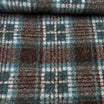
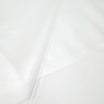

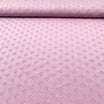
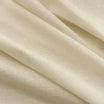







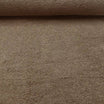

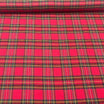


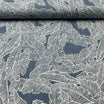
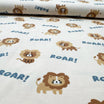


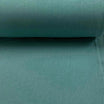

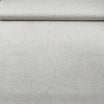

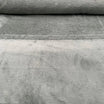
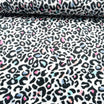
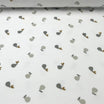
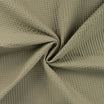


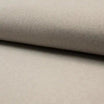


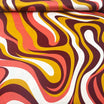

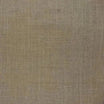
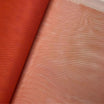
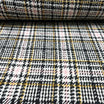
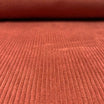
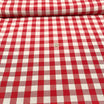




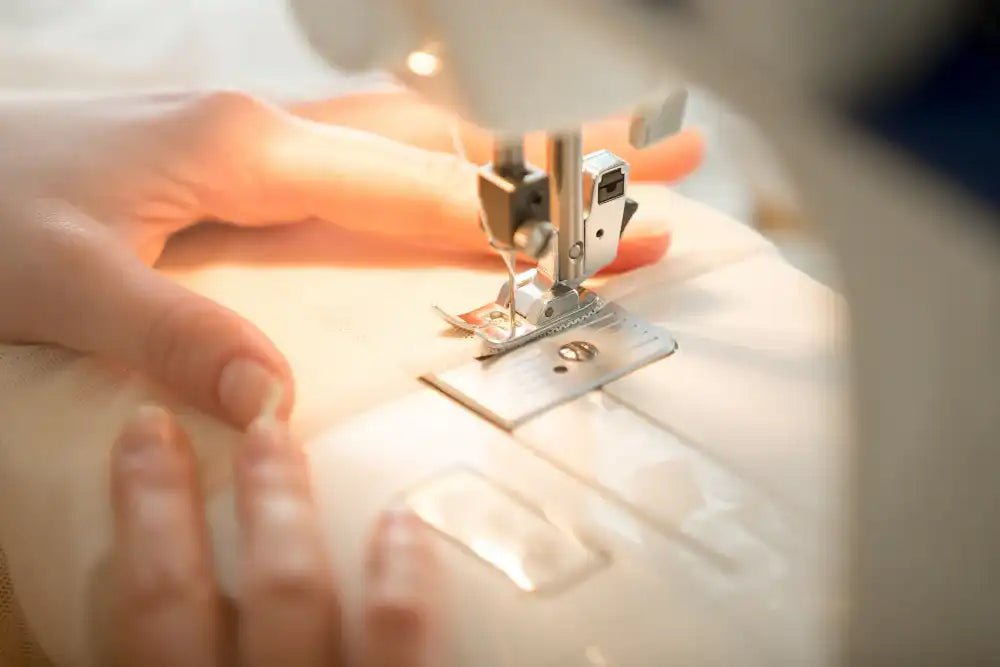
Leave a comment
All comments are moderated before being published.
This site is protected by hCaptcha and the hCaptcha Privacy Policy and Terms of Service apply.